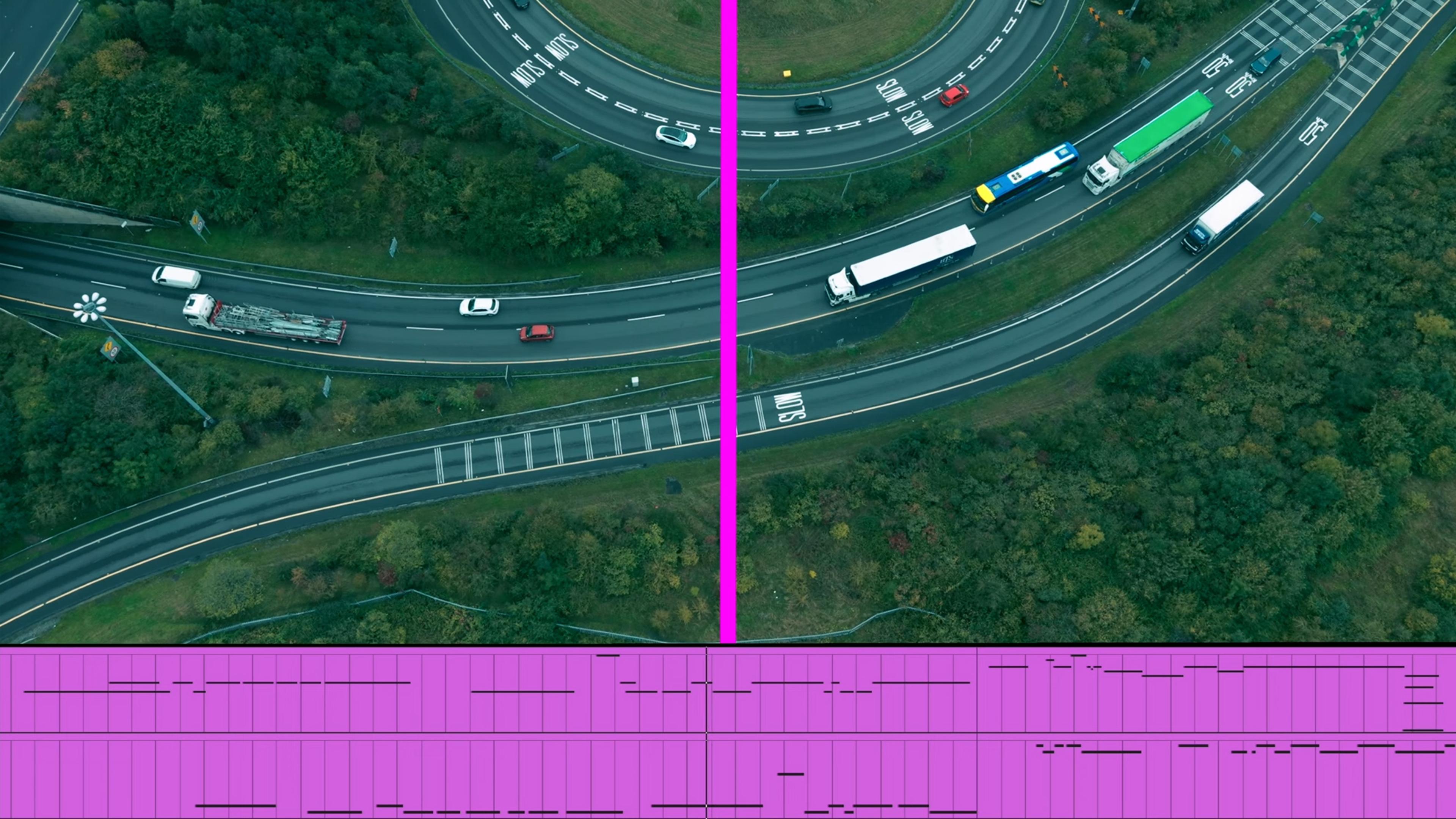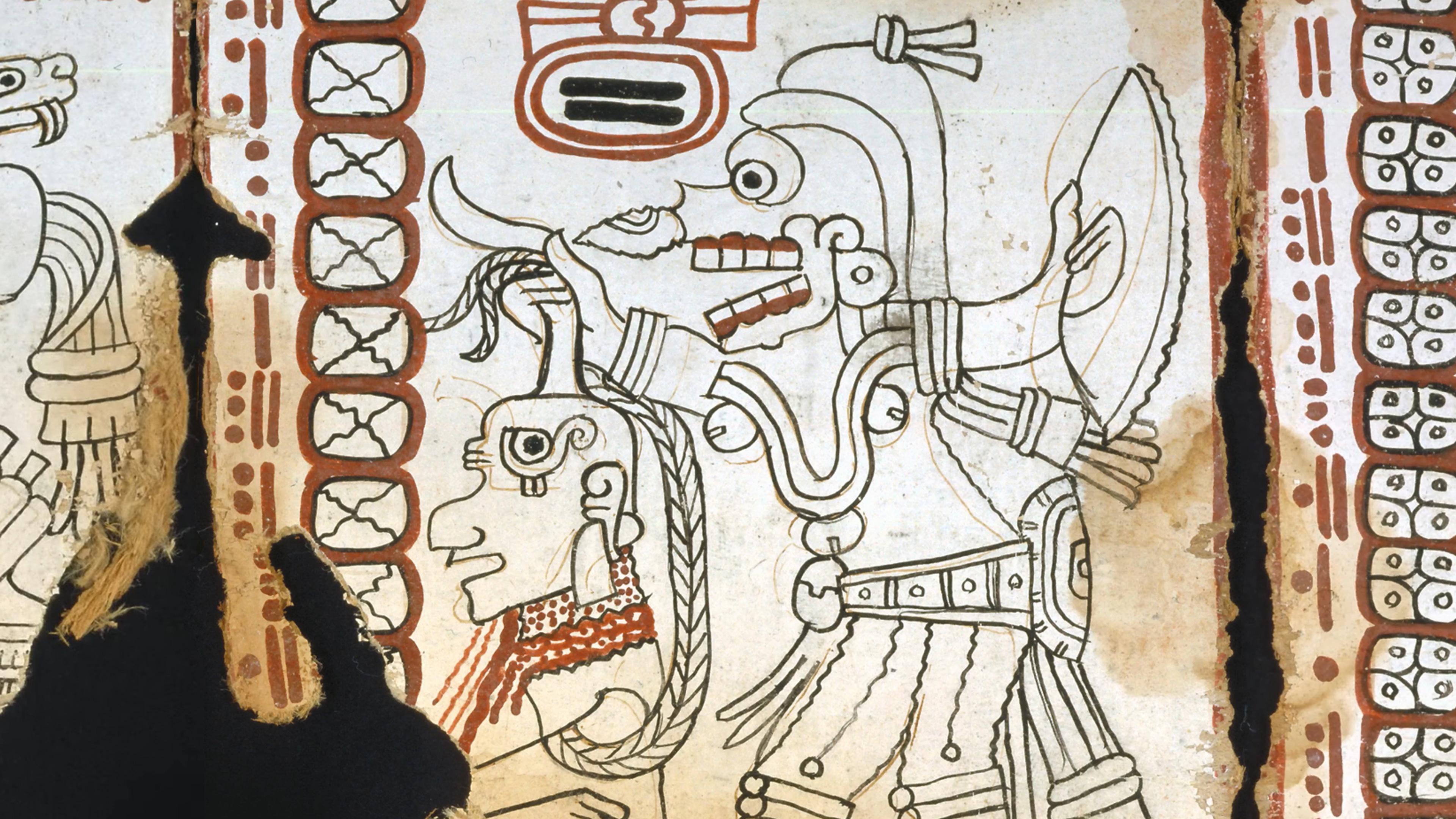Calculating the trajectories of two gravitating bodies is straightforward mathematics. But introducing even just one more variable into an orbital system can make its long-term trajectory impossible to predict. In 2009, two researchers at the University of California, Santa Cruz investigated just how difficult this mathematical phenomenon – known as the ‘N-body problem’ – makes forecasting the eventual fate of our own corner of space. The team ran 2,000 simulations of the solar system’s trajectory up to 5 billion years into the future, with the only variable being less than a millimetre difference in the distance between Mercury and the Sun. The simulations yielded a stunning array of results, including the possibility of Mercury careening into the Sun, colliding with Venus and destablising the entire inner solar system. This animation from TED-Ed breaks down the N-body problem with rich visuals and methodical clarity, and concludes with scientists’ efforts to minimise N-body unpredictability as humans press further into space.
A millimetre makes a world of difference when calculating planetary trajectories
29 September 2020

videoMusic
Watch as the rhythms of traffic create a mesmerising score
2 minutes

videoHistory of technology
The Americas’ oldest book is an intricate work of Maya astronomy
9 minutes

videoComplexity
A radical reimagining of physics puts information at its centre
13 minutes

videoCosmology
Are observers fundamental to physics, or simply byproducts of it?
10 minutes

videoAstronomy
Visualisations explore what the deep future holds for our night sky
6 minutes

videoMathematics
After centuries of trying, we’ve yet to arrive at a perfect way to map colour
20 minutes


